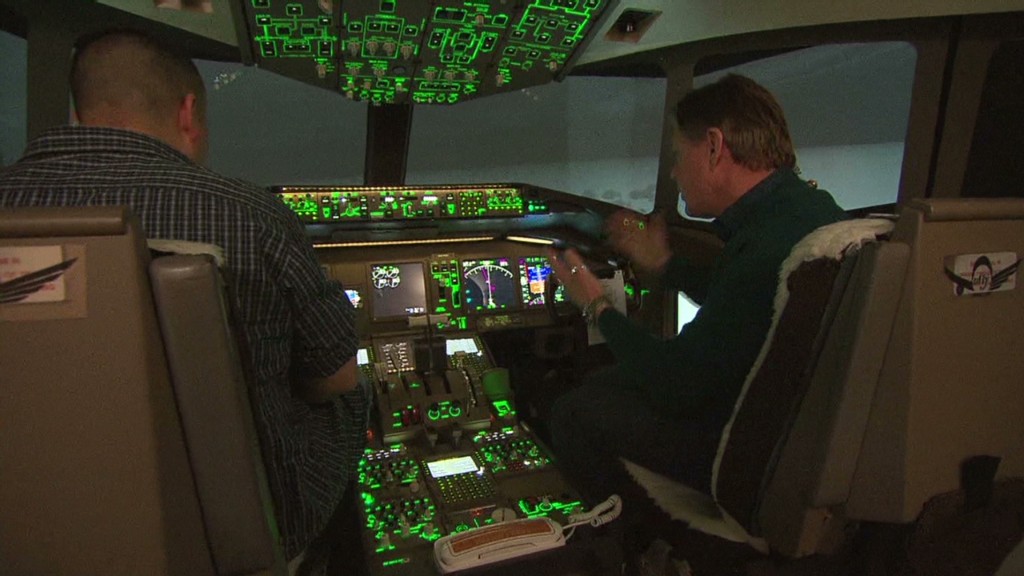
When Malaysia Airlines Flight 370 disappeared two weeks ago, evidence about what went wrong vanished with it. Any answers are likely trapped in the flight data recorder.
But in a time when we stream Netflix (NFLX) on our laptops, get music instantly on our phones, and use Wi-Fi on our airplanes, why can't we get that data in real time?
The technology already exists.
Canadian company Flyht Aerospace Solutions makes the Automated Flight Information System, or AFIRS, which automatically monitors data such as location, altitude, and performance.
And it can live stream information when something goes wrong. Flyht director Richard Hayden contends that we would have more answers today if that technology had been on Flight 370.
"We would know where the aircraft has gone, where it is, and we would have information on what had happened in the meantime," he said.
On a normal flight, the system would send updates every five to 10 minutes. It can be programmed to recognize when something is wrong, such as a deviation in flight path, and automatically begin streaming second-by-second data.

The main objection to this type of live-streaming has been cost, but Hayden says AFIRS is designed to save carriers money.
"A typical installation would be under $100,000 including the box and the installation parts and the labor," said Hayden. "Normally our customers recover that expense in a matter of months to, at most, a couple of years by virtue of the savings it creates."
Those savings come from the ability to troubleshoot mechanical problems while the plane is in the air, he says, as well as collect data that can help cut fuels costs by tracking a plane's performance under different conditions.
"Typically we'll save three or four percent of an operator's entire fuel budget," said Hayden.
Related: Passengers' families could collect millions
The potential benefits of live-streaming data were widely discussed after Air France Flight 447 crashed into the Atlantic Ocean in 2009. It took experts two years to recover the flight data recorder.
That's because once a plane sinks to the bottom of the ocean, the flight data recorder goes with it. Ultrasonic "pingers" designed to lead searchers to the box have a radius of two miles, and the recorder's batteries die after 30 days.
Still, former Inspector General of the Department of Transportation Mary Schiavo says carriers won't get on board with live streaming technology unless they have to.
"[Airlines are] very cost sensitive. They simply will not add additional safety measures unless mandated by the Federal Government," said Schiavo.
-- CNN's Bronte Lord contributed

